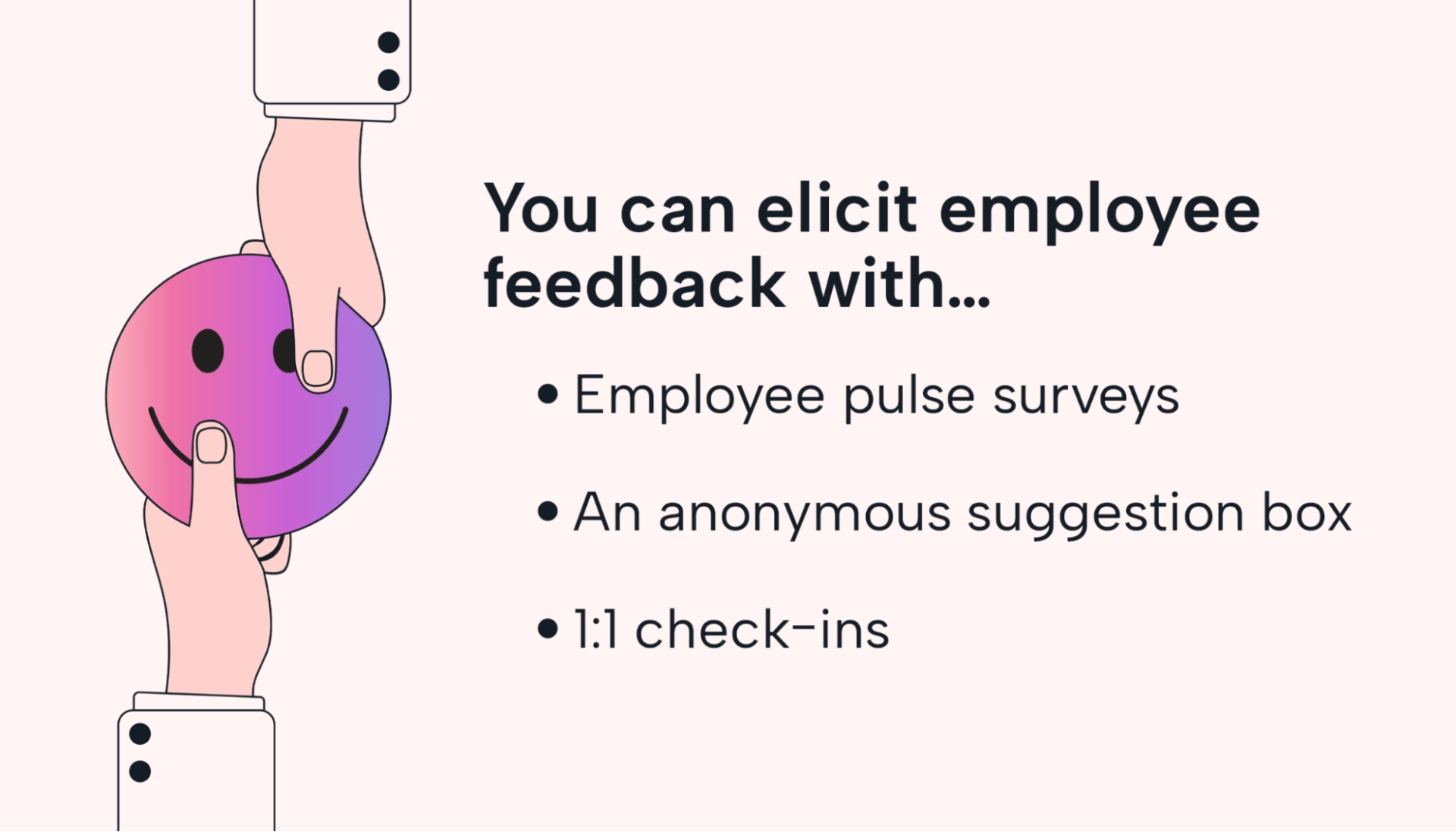Part of your team wants to take time off at the busiest time of year, leaving your business understaffed and the rest of your team high and dry.
Sound familiar? Scheduling issues crop up even in the best of businesses, leaving project managers and employees feeling frustrated.
The good news? There are proactive strategies you can put in place today to actively address — or even prevent — scheduling issues from occurring.
What are the different types of scheduling problems?
Before we dive into strategies for tackling scheduling issues, let’s review some of the most common scheduling problems that affect businesses today.
Staffing issues
Staffing issues come down to not having the right number of employees on the job.
 |
Understaffing crops up when businesses don’t have enough employees to cover the workload or too many people are out of the office at the same time. It’s also a widespread issue, as there is a 62.5% labor force participation rate right now. The reality is many businesses are facing a lack of qualified workers.
Chronic understaffing can lead to employee burnout, difficulties with retention, and delayed project completion. An unreasonable workload or the feeling of always being on-call are key contributors to employee turnover.
Overstaffing, on the other hand, often occurs during periods of rapid growth or as a result of poor planning or forecasting.
When there isn’t enough work for everyone, overstaffing reduces productivity and increases workforce costs. It also negatively impacts employee satisfaction and engagement, as they struggle to fill their days with meaningful work and often don’t feel valued for their role.
Scheduling conflicts
Managers can also face conflicts when dealing with different employee schedules.
If too many employees want the same work schedule, frustrations will mount for those whose wishes aren’t granted.
Poor departmental or team coordination is another common scheduling issue. Team members may struggle to find common meeting times, complete action items, and deliver projects on time if their schedules are too varied.
Managers may also run into a lack of flexibility with employee schedules. Hybrid workplaces are particularly vulnerable if schedules are prone to change and there is no predictability for when employees will be on site.
Employee factors
Several employee factors impact successful schedules.
Improperly managing PTO and overtime may lead to sudden changes in availability.
Unexpected absences, including illness and family leave, might leave managers scrambling to fill positions temporarily.
Employee turnover negatively impacts management schedules, especially if you continually need to recruit, hire, and onboard new members.
Lack of efficient systems
A lack of efficient systems is a key contributor to ongoing scheduling issues.
If you don’t have a robust paid time off (PTO) request system or adequate notifications in place, you’ll often be blindsided by employee absences or planned vacations. Not having a handle on absence requests could lead to too many employees being out of the office simultaneously.
Failing to have a backup system may also lead to a lack of coverage or failure to meet deadlines.
Finally, dealing with a highly disorganized schedule can lead to issues. If management is overburdened with scheduling, to begin with, they’re left with less bandwidth to focus on their primary goals and objectives.
 |
Enough of the problems. Let’s turn to the solutions.
4 strategies to prevent (or solve) scheduling problems
If you’re ready to start addressing your scheduling issues, you’ve come to the right place. Here are the actionable strategies you can implement today to avoid or manage scheduling problems.
1. Start with forecasting
Take a hard look at the data to see how many employees you need.
Review your current staff, including their roles and responsibilities. Take a look at their job performance, including successful project completion, and ask them for input about their workload.
Analyze your revenue per employee. Take your total monthly revenue and divide it by the number of employees you have to see how much money each one is bringing in for your business. Compare this to other successful businesses in your field to determine where your company stands, including whether you can afford to bring in more people.
Understand the trends in your business so that you’ll know when you need to make adjustments. For example, if projects typically wrap up at the end of the year, you may be able to afford to have more team members out on vacation at that time.
Don’t underestimate the importance of avoiding overscheduling. Employees who report work overload and poor working hours are more susceptible to burnout.
 |
Ensure you have enough employees on-site to complete the workload and achieve your goals.
Only 35% of employees feel they are thriving in their current positions. One factor that contributes to this perception is whether they believe their organization cares about their well-being.
Thriving employees demonstrate higher engagement and a tendency to stay with their companies. As a result, they are 32% less likely to be actively looking for new positions.
One way to support their workload is with Motion’s Intelligent Calendar. It builds each team member a customized schedule containing their most important tasks, to-dos, and meetings. Motion also alerts team members when they’re overbooked, which ensures that they won’t find out at the last minute and have to scramble to get things done.
2. Continue with training
Once you’ve identified the number of staff you need, you’re ready for the next step.
Put efficient recruiting and hiring systems in place to ensure you’re getting the right people for the right positions in the first place.
Implement an effective onboarding process to show your new employees that you are invested in their well-being and their ultimate success in your business.
Your scheduling process and policies should include the following:
- The procedure for reporting last-minute absences
- The means for requesting PTO or leave
- Any restrictions for leave requests (e.g., no leave granted between X and X dates due to higher-than-average workloads)
- When, how, and why PTO might be denied
- Employee expectations to delegate job responsibilities or adjust timelines if they will be out for extended periods
- Notification expectations and timelines for management responses to requests
- Company or departmental parameters around remote, hybrid, and in-office work schedules
- Processes for resolving scheduling conflicts, including how to prepare for possible issues in the beginning and set clear expectations
Communicate and provide all employees with access to scheduling policies so that they can reference them at any time. Contact employees immediately if changes occur so they aren’t caught off guard.
You’ll want to elicit feedback about scheduling from your employees, too.
 |
Pulse surveys offer an easy way to obtain insights regularly. Keep it short, only 3 to 5 questions, to hit your top scheduling concerns and ensure better participation. Send these surveys consistently to assess whether perceptions, attitudes, or satisfaction levels change over time.
Provide a suggestion box in the office or online for employees to submit their anonymous concerns, complaints, or recommendations. Check it regularly and outline your process for reviewing the submissions, including your response timelines.
Schedule 1:1 check-ins with your team members on a consistent basis. You have a chance to hear their feedback firsthand and take immediate steps to resolve any issues. You also show team members your commitment to their job satisfaction and well-being, which goes a long way toward keeping them around for the long term.
Proactively addressing scheduling concerns prevents any issues from becoming large-scale headaches. You also show your employees that you’re invested in addressing scheduling issues, further establishing employee trust in the organization.
3. Get organized
With your policies in place, you’re ready to organize employees’ schedules.
Understand individual employee needs and how they’ll contribute to the big picture. For example, if you know of an upcoming paternity leave, you’ll be in a better position to prepare for any role adjustments or delegate any responsibilities.
Get a handle on employee preferences, too. If your business can accommodate remote or hybrid workers, for instance, then communicate that option and establish guidelines around in-office time. For example, you could mandate that all employees are on-site on Tuesdays and Wednesdays. This type of fixed schedule ensures equity and makes schedules easier to produce.
You’ll also want to check employee availability for last-minute coverage or overtime capabilities. Ensure your business complies with local labor and employment laws, including FMLA, and be attuned to variances if you employ team members around the globe.
Once you have this data, you’re ready to create effective schedules. Understanding your staff, business needs, and primary goals will help you determine the best scheduling options.
 |
Focus on a schedule that is as fair and equitable to your staff as possible so resentment and frustrations don’t have a chance to build. Although many employees prefer a steady, predictable schedule, changes or adjustments are sometimes needed. If schedules will be in flux, ensure your team is prepared in advance.
Once your schedule is ready, introduce it to your staff and make it easy for them to refer to. Get their feedback immediately so that you can address potential conflicts before they happen.
Develop and maintain an open-door policy for employees to step forward with their concerns. Make the process as effortless as possible so that you can act quickly and proactively. Commit to early, frequent communication, and address when accommodations can’t be met immediately.
Establish a backup plan, too. For instance, how will you handle coverage for last-minute absences that co-occur with vacation requests? Can you offer flexible options for employees who might need to take an unexpected medical or family leave?
If you’re faced with unexpected overstaffing, consider implementing a voluntary time-off policy during quieter times. This proactive approach leads to a better employee workload balance and a boost in positive office dynamics.
Once the schedule is out, continue to review the scheduling process you’ve implemented regularly. You might need to make necessary adjustments over time to address employee or workload concerns and continue progressing toward your goals.
4. Simplify your schedule with the right tools
Manual scheduling is tedious, time-consuming, and challenging to communicate in a timely manner when changes are made.
Invest in scheduling software to ease the process and give you back valuable hours in the day.
AI automated scheduling is efficient, and it allows for more flexibility. It also cuts down on the human errors that often arise from manual scheduling. Not only can AI tools create your schedules, but they can also reschedule, prioritize, and track deadlines.
Finally, you’ll want to choose the right scheduling tool for your individual schedule. A personal scheduling tool helps you maintain focus on your primary goals and top priorities. It also can make the necessary adjustments if an emergency or sudden change arises.
 |
Motion offers an all-in-one platform for creating the perfect, customized schedule. Use the calendar to create a day built around your tasks, to-dos, and meetings. Block out focus work time and schedule no-meeting times, too.
Motion’s Task Manager feature takes each of your tasks and slots them into your schedule to ensure you stay on track and hit your deadlines. It’ll even hang a small banner on your screen to block out the noise and remind you of your current priority.
Simplify your schedule and watch your and your team’s productivity soar.
Don’t let scheduling issues ruin the day
While scheduling issues may continue to crop up, using the strategies outlined will help you prevent them from happening in the first place.
Start with employee forecasting, continue with training, and craft an effective schedule that works for you and your team. Continue to revise and adjust as needed.
Simplify the process — saving yourself valuable time and nagging headaches in the process — with Motion.
Motion’s Intelligent Calendar ramps up your productivity by slotting your meetings, tasks, and project to-dos in the right spots. You can enter your weekly working hours, and Motion will prioritize your task items to ensure you get through your list in the required time. Motion protects your focused time and even alerts you when you’re overbooked.
Don’t wait to jumpstart your efficiency. Connect with Motion to start your free 7-day trial today.

Jodi Monroe is a content writer and blogger in the SaaS space. When not at her laptop, she’s planning her next travel adventure.




